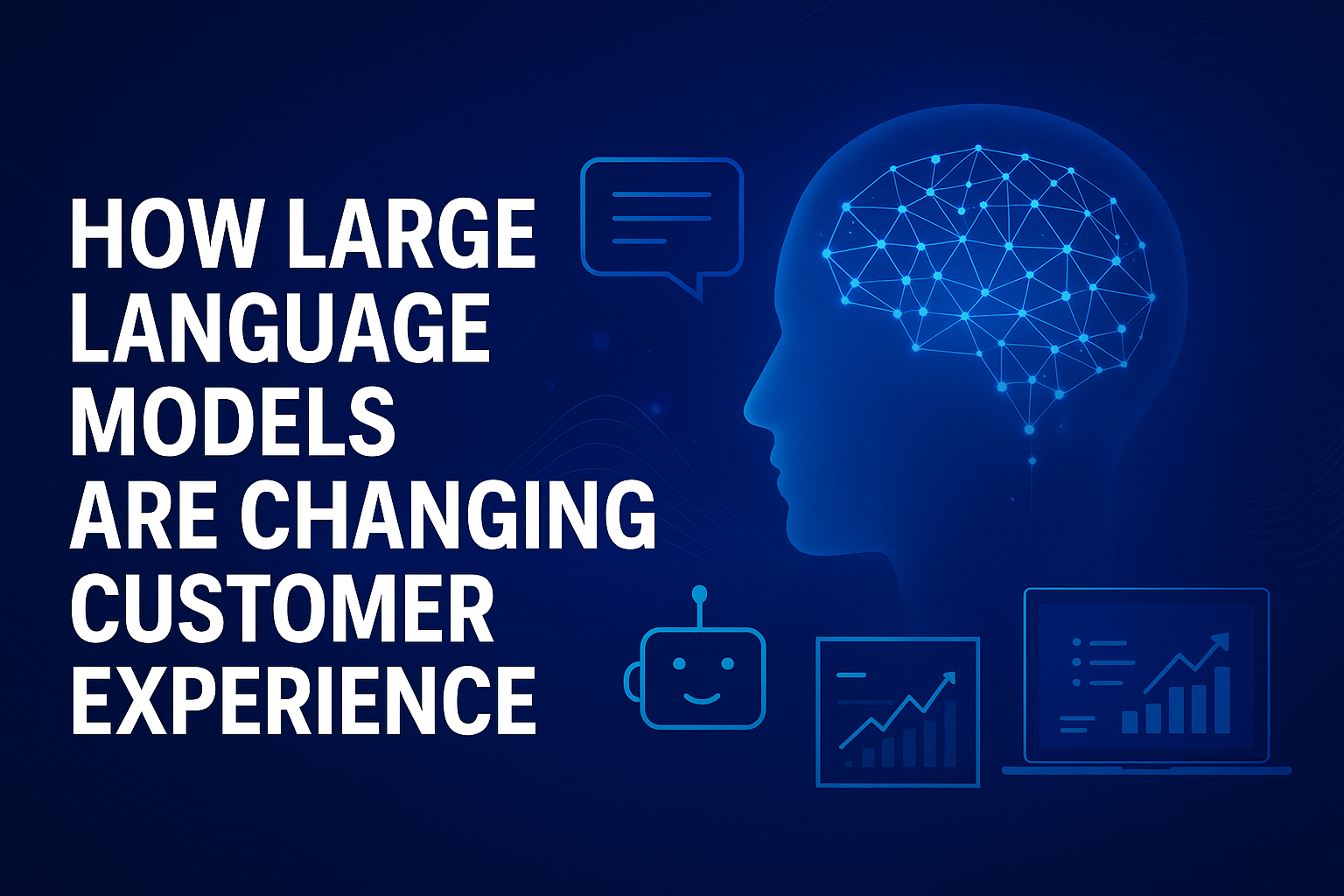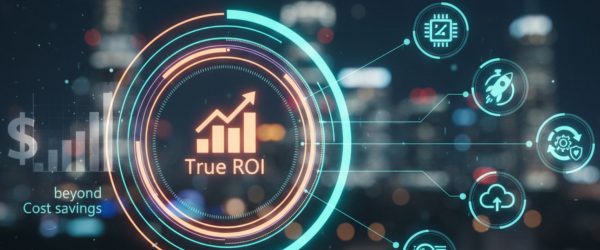Introduction: From Chatbots to Outcomes
Customer expectations keep rising while teams face budget and headcount pressure. The result: leaders are turning to large language models (LLMs) to move beyond FAQ bots to end-to-end resolution, personalization, and proactive service. Recent industry research shows AI adoption and spending are accelerating—because customers reward fast, relevant answers and switch after poor experiences.
What LLMs Actually Change in CX
1) Natural, multi-turn conversations that resolve issues
LLMs understand intent, ask clarifying questions, and execute multi-step workflows (check status, update orders, issue refunds) when connected to your systems. Modern CX leaders report AI makes interactions more efficient and unlocks higher automation without sacrificing quality.
2) Personalization that customers notice (and expect)
Salesforce’s global research finds the share of customers who feel “treated like unique individuals” jumped from 39% (2023) to 73% (2024)—but trust is fragile and data use must be transparent.
3) Omnichannel consistency
LLMs can power self-service on web, mobile, messaging (WhatsApp, SMS), and email while handing off cleanly to agents—critical as leaders report a perception gap between how well brands think they know customers vs. how customers feel.
4) Lower cost-to-serve and faster cycles
As adoption scales, executives are increasing AI investment specifically to capture ROI from automation and agent augmentation.
Current CX Reality Check
- Adoption & spend: 92% of executives plan to increase AI spending over the next three years as they chase demonstrable ROI in service and sales workflows.
- Personalization & trust: Customers report much higher recognition as individuals (39% → 73% YoY), yet many remain cautious about data usage—so responsible personalization is key.
- Customer patience: Over 50% of customers will switch after a single poor experience—raising the stakes for first-contact resolution.
- AI appetite: 67% of consumers want AI assistants to handle their CX queries, signaling readiness for AI-first support—if it works well.Expectation gap: While many brands say they deeply understand customers, less than half of consumers agree, underscoring a data-to-experience execution gap that LLMs can help close.
High-Impact LLM Use Cases Across the CX Journey
- AI Tier-1 Resolution (Self-Service & Messaging)
LLM agents triage, authenticate, fetch account data, and complete tasks (e.g., refunds, plan changes). Done right, this drives deflection and true resolution rather than simple rerouting. - Agent Co-pilot for Faster Handling
Summarize conversations, surface knowledge, draft replies, and suggest next best actions—reducing average handle time and improving consistency. Executives are prioritizing these AI augmentations to reach ROI targets. - Personalized Offers & Proactive Outreach
Combine LLMs with customer data to craft contextual messages and offers across channels; Twilio’s engagement research highlights the need to close the brand–consumer perception gap with more relevant communications. - Voice of Customer (VoC) at Scale
LLMs classify and extract themes from tickets, chats, and reviews to identify friction, feeding product and policy fixes that reduce contact volume over time.
Governance & Risk
- Transparency & consent: Be clear about what your AI uses and why; share opt-out paths. Trust is fragile (Salesforce reports falling trust and concerns about data misuse).
- Safety rails: Approval steps for refunds/credits above thresholds; rate limits; policy checks before actions.
- Observability: Keep decision traces, tool calls, and versions for audits and continuous improvement (critical as organizations formalize gen-AI governance).
Conclusion
LLMs can transform CX from reactive support to personalized, outcome-driven experiences—if you connect them to your data and processes, measure rigorously, and earn customer trust through transparency. Teams that move now are positioned to cut costs, lift CSAT, and reduce churn in the next 1–3 quarters.







